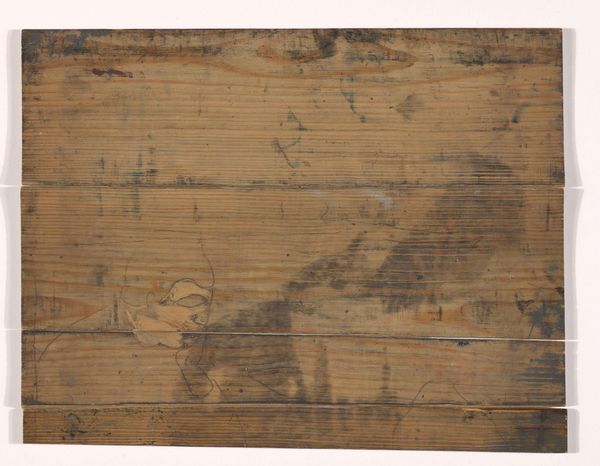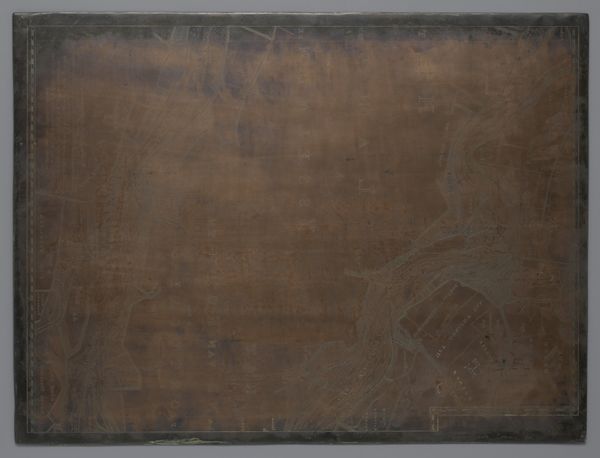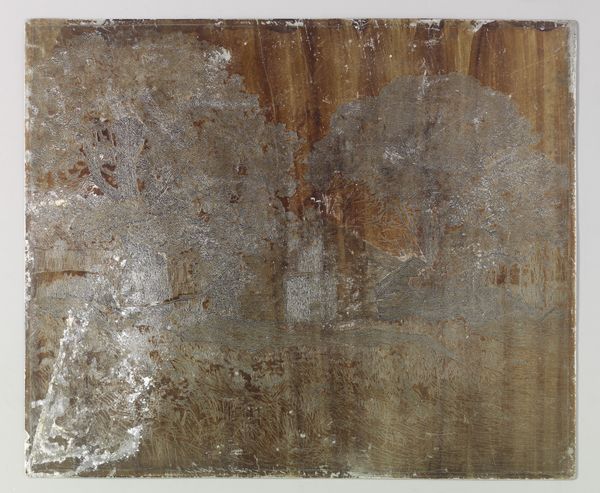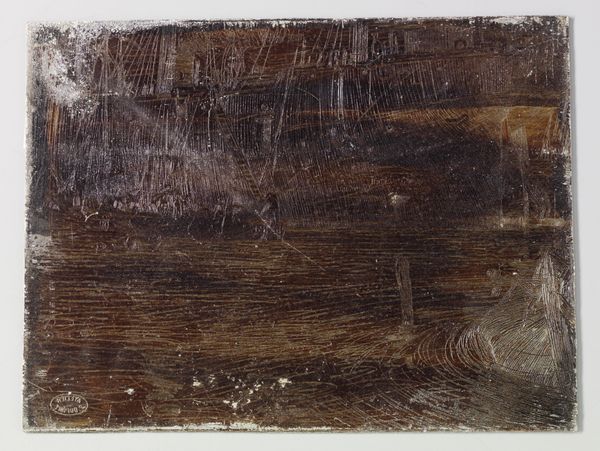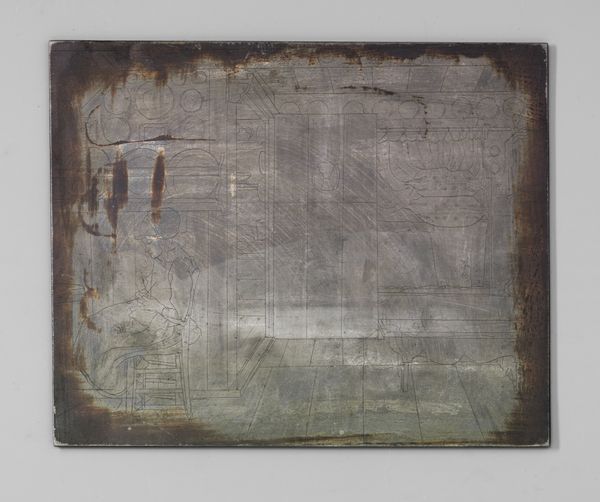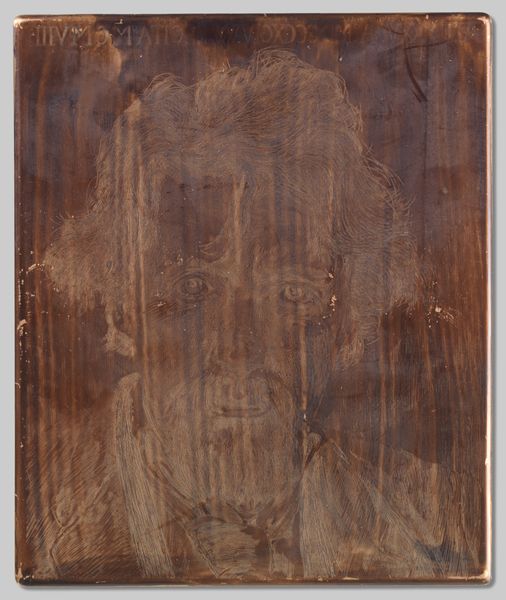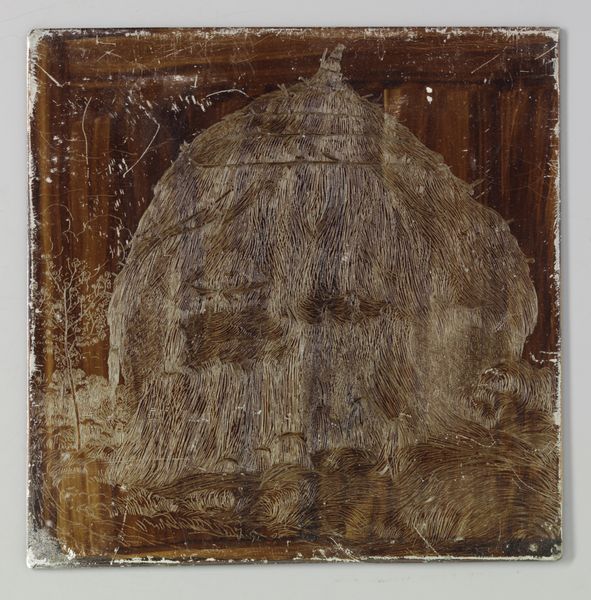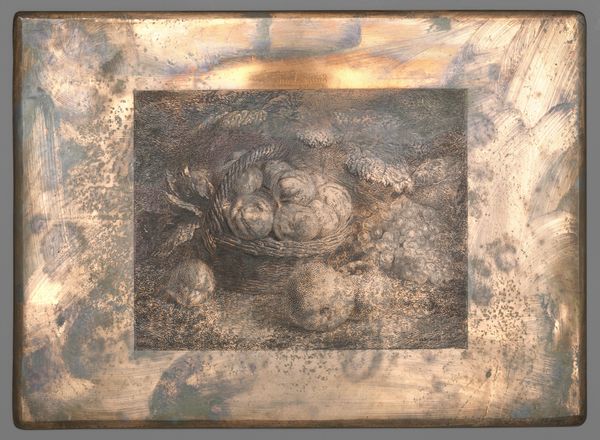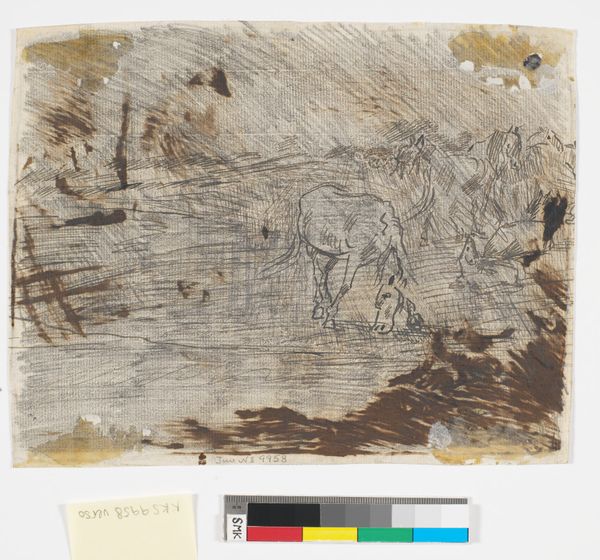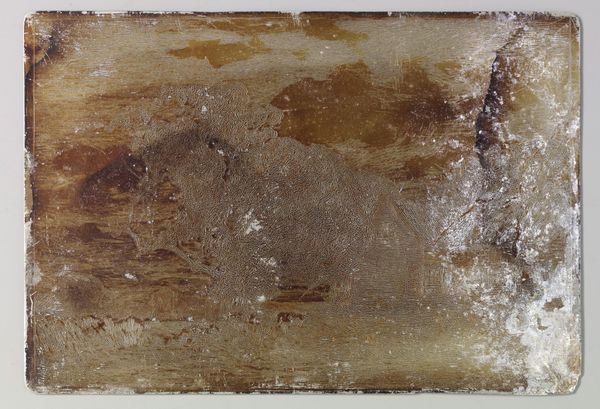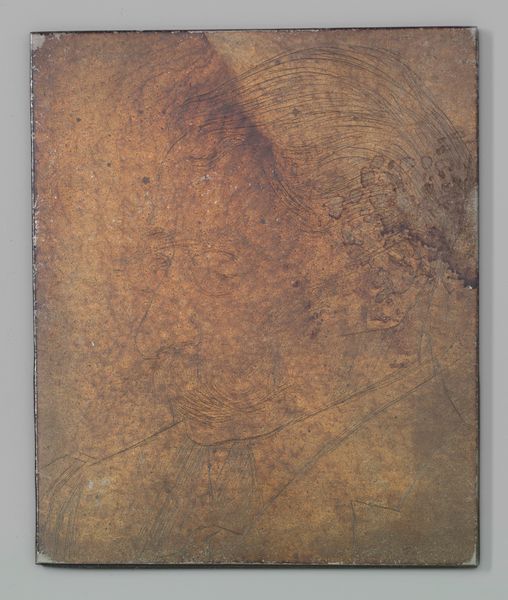
drawing, paper, ink
#
drawing
#
water colours
#
paper
#
ink
#
mixed medium
#
mixed media
#
watercolor
Dimensions: height 120 mm, width 125 mm
Copyright: Rijks Museum: Open Domain
Curator: Willem de Zwart's "Twee drinkende katten," roughly translated to "Two Drinking Cats," created around 1885. The artwork employs mixed media including ink and watercolors on paper. Editor: My initial impression is one of faded intimacy, the almost sepia tones giving it a historical feeling, like an old photograph capturing a casual moment between these two feline companions. Curator: I am most interested in how the work utilizes line. The economical strokes capture the cats' forms, yet the texture applied, with the grain of the paper itself informing the overall composition. Editor: This image reads to me as a commentary on the role of pets, cats particularly, in the 19th century household. Did they symbolize status, companionship, or something else entirely? Their act of drinking together is fascinating, hinting at a certain degree of domestic harmony, or even feminine comfort and solace. Curator: Certainly, you can extrapolate cultural readings. However, it is perhaps more potent to consider how the artist harnesses negative space, letting the ground inform the figures. Note how the dilution of the watercolor creates halos of light. Editor: It’s nearly impossible, for me, to look at anything without contextual awareness, and that is absolutely informing my reading of it. These details and visual shorthands could reveal volumes about this social history we're both a part of! Curator: I suppose that is one interpretive lens. However, I prefer a deep read on the artist’s formal choices and mark-making – what choices has the artist undertaken here in presenting what appears to be mundane domesticity. The paper tone certainly contributes to a sentimentality here. Editor: For me, the faded quality evokes thoughts on preservation. Who preserves such quiet domestic scenes, and why? And what narrative power do they hold once they are revealed to public eyes? Curator: A compelling perspective. Focusing on the visual language and materiality highlights the nuances embedded within, enriching our comprehension of the artwork and its enduring resonance. Editor: And viewing art through a broader socio-historical framework invites conversations about cultural representation and challenges viewers to consider diverse narratives often overlooked by canonical art history, broadening the image's influence.
Comments
No comments
Be the first to comment and join the conversation on the ultimate creative platform.
